For decades, Cru’s mission has been “Turning lost students into Christ centered laborers.”
Our mantra has been “Win/Build/Send”. The reason I have remained on campus for 20 years is because I want to send laborers to the harvest.
But over the last few years I have been convicted that on our campus, our Cru movement could more accurately be described as “Gather/Build/Keep”
“People reproduce what they have experienced.” Michael Frost and Alan Hirsch – The Shaping of Things to Come: Innovation and Mission for the 21st-Century Church
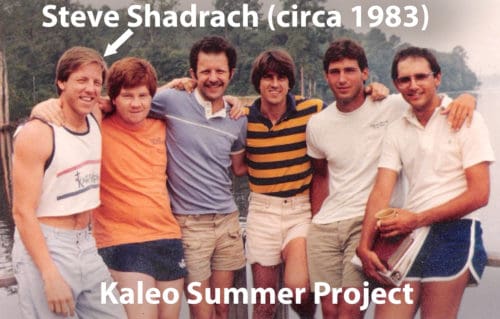
Mark Brown, who was the long time Cru director at Miami (OH), once told me:
“It’s a longer process to turn a self-righteous, youth group all-star into a Christ-centered laborer than it is to turn a totally lost student into a Christ centered laborer.”

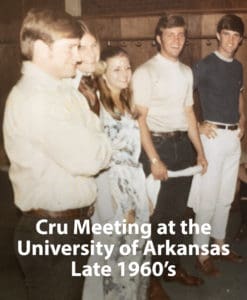

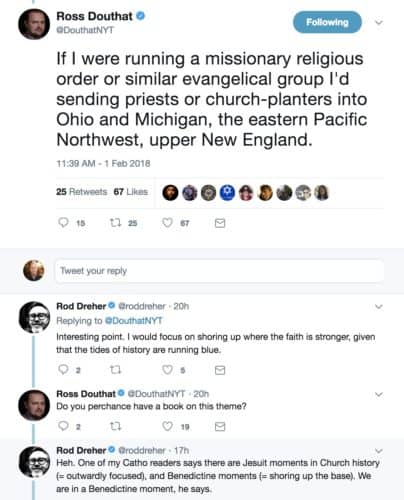
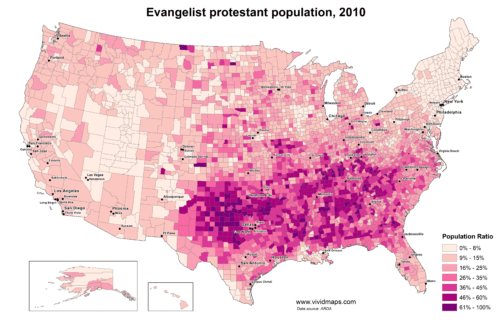
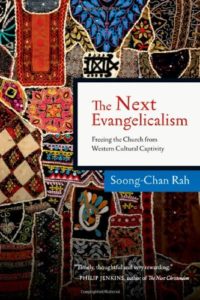

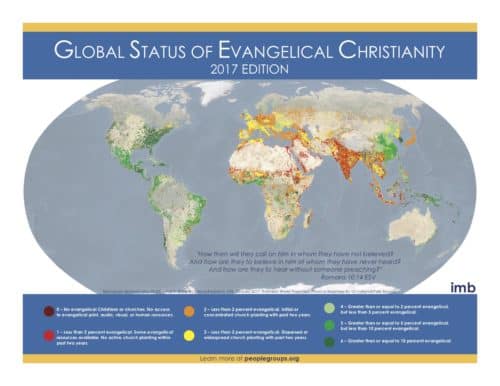
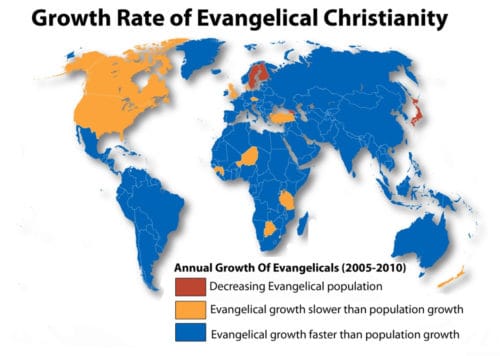

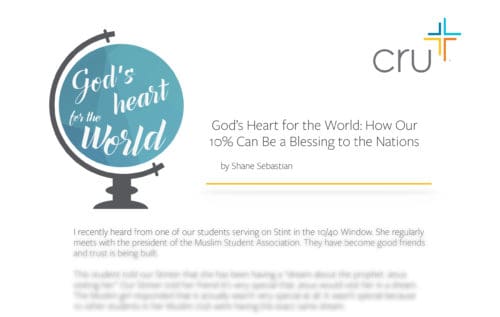


 But in
But in  Govember –we have done this for two years now and I think it has really helped create a sending culture. – via
Govember –we have done this for two years now and I think it has really helped create a sending culture. – via 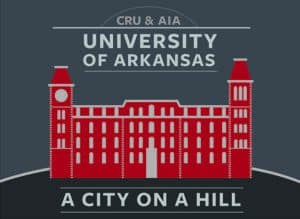 Vision for the world
Vision for the world